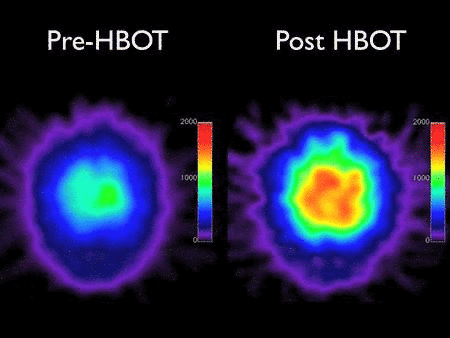Newsletter June 2018


Strokes are an Emergency Concern.
Think F A S T
One moment life is organized and naturally wonderful, The next, sudden moment, a person can’t smile or see or speak or think clearly.
Please watch this short 5 minute video to see a demonstration of a stroke and emergency care. (1)
Description of the condition
Stroke may be defined as a sudden neurological deficit of presumed vascular origin (2). Often, a stroke is described using the analogy of a heart attack. Similar to the heart becoming blocked and injured due to less or no oxygen during a heart attack, something has dislodged itself and is blocking a vessel preventing oxygen from getting to the brain. Understanding signs and symptoms are important to determine the emergency nature and getting a patient to the Emergency Room as soon as possible.
Time and the brain during a stroke are essential for intensive stroke management.

Ischaemic heart disease and stroke are the world’s biggest killers, accounting for a combined 15 million deaths in 2015. These diseases have remained the leading causes of death globally in the last 15 years.(3), and a leading cause of disability. About one-third of survivors require significant assistance in daily life at one year after the event (4).
Every 40 seconds in the United States, someone has a stroke. One of the common myths about stroke is that it only affects older people. While it’s true that stroke risk increases with age, anyone can have a stroke at any time. (5)
Strokes fall into three subgroups: ischemic (impairment of blood flow), which account for 87% of all stroke cases and hemorrhagic (when a weakened blood vessel ruptures causing bleeding within the brain) accounting for 23%, and TIA’s or transient ischemic attacks which are mini “warning” strokes and must be taken very seriously. The former has lower case fatality rates than hemorrhagic strokes. (6)
Early assessment will lead to the greatest outcome post stroke. Neuroimaging (preferably using computerised tomography (CT) scan) is required for optimal management.(7)
At Advanced Hyperbaric Recovery, we have an
Advanced Brain Care Program
Improved Brain Blood Flow Pattern with HBOT
 by Harch P, Fogarty E, Staab P, Van Meter KHyperbaric Oxygen Therapy (HBOT)
by Harch P, Fogarty E, Staab P, Van Meter KHyperbaric Oxygen Therapy (HBOT)
- Reduces cerebral edema (8)
- Reduces neuroinflammation (9)
- Increases oxygen saturation to the brain (10)
- Promotes new blood vesel growth (Angiogenesis) (11)
- Can create a 8-fold increase in your own stem cell production (12)
- Reactivates idling neurons within the most oxygen-deficient areas of the brain (13)
Treating with Hyperbaric Oxygenation for brain injuries such as strokes is considered an “off label” indication, meaning, most insurances will not reimburse for brain injuries, there are many studies validating using HBOT post stroke, showing that increasing the level of dissolved oxygen by Hyperbaric Oxygen Therapy (HBOT) activated neuroplasticity in patients with chronic neurologic deficiencies due to stroke even 36 months later. (13),(14).

ICU Nurse suffering from post stroke effects regains
quality of life with Hyperbaric Oxygen Therapy!
Because, during a cerebral ischemic event, neurological tissue suffers hypoxia, breathing 100% oxygen in a Hyperbaric Oxygen chamber at 2 atm,(approx. 14.5 PSI or 33 Feet of Sea Water) can double oxygen to the body. The deeper a patient is prescribed to “dive” will increase their PaO2 (which is the lung alveolar oxygen), even more. This treatment done as soon as possible, may prevent irreversible changes which result in unavoidable cell death in the brain, neurologic improvements and a better quality of life following treatment compared to patients studied in a control group not receiving HBOT. (15)

If YOU or anyone in your family, your medical practice,
OR anyone in your life might be a candidate for relief with Hyperbaric Oxygen Therapy, Please consider this remarkable medicine today.
Call us today for more information or to schedule a consultation with our Medical Hyperbaric Physician!
who only consults with the patient for indications, contra-indications and the feasibility of doing Medical Grade Hyperbaric Oxygen Therapy
415-785-8652

Jacqueline S. Chan, DO
Physician, Medical Director of our Brain Care Program
Dr Jacqueline S. Chan, DO is Board Certified in Family Practice, Board Certified in Holistic Medicine, Board Certified in Neuromusculoskeletal Medicine, including Osteopathic Medical Board of California.
Call for an appointment with Dr. Chan
415-785-8652

